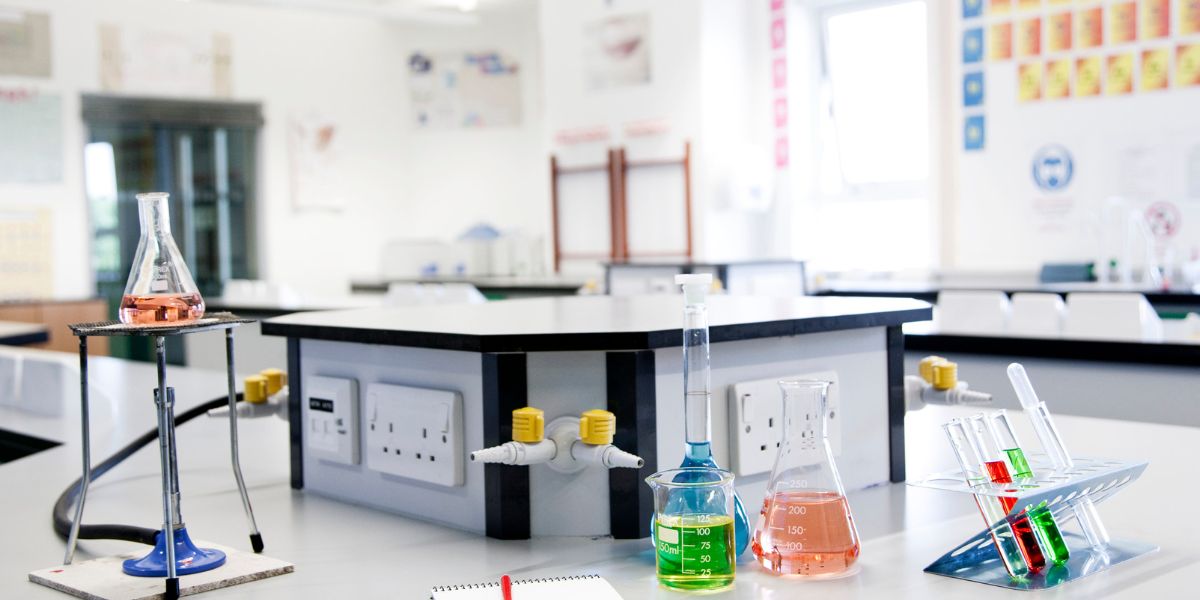
When conducting school science experiments, selecting the right glassware is crucial for ensuring accurate results and maintaining a safe environment. The choice of glassware can impact the outcome of your experiments significantly. From basic beakers to specialized Erlenmeyer flasks, each type serves a unique purpose in the lab. Consider the properties of the substances you're working with and the specific requirements of your experiment to determine the best glassware to use. Remember, safety should always be a top priority in any scientific endeavor.
Importance of Choosing the Right Glassware
Choosing the right glassware is crucial for conducting successful and safe school science experiments. When selecting glassware for your experiments, it's essential to consider factors like the type of experiment you're conducting, the substances you'll be working with, and the potential hazards involved. Using the wrong type of glassware can lead to accidents, breakages, or inaccurate results.
For instance, if you're working with corrosive chemicals, it's important to use glassware that's resistant to corrosion, such as borosilicate glass. This type of glassware is less likely to react with the chemicals being used, reducing the risk of breakage or contamination.
On the other hand, if you're conducting experiments that require heating or cooling, you may need to use glassware that can withstand extreme temperatures without shattering.
Common Types of Glassware for Experiments
When conducting school science experiments, it's crucial to be familiar with the common types of glassware used. Beakers are a fundamental piece of glassware with a cylindrical shape that's used to hold, mix, and heat liquids during experiments.
Test tubes are another common type, typically used to hold small amounts of substances for observation or testing. Erlenmeyer flasks, known for their conical shape, are often used for mixing and heating liquids.
Graduated cylinders are essential for accurately measuring liquid volumes. Petri dishes are shallow glass or plastic cylindrical dishes with covers, commonly used for culturing cells.
Lastly, pipettes are used for precise measurement and transfer of small amounts of liquids. Understanding the uses and characteristics of these common types of glassware will help you conduct experiments safely and effectively.
Factors to Consider When Selecting Glassware
Consider the specific requirements of your experiment before selecting the appropriate glassware.
The first factor to ponder is the type of experiment you're conducting. For instance, if you're working with corrosive chemicals, you'll need glassware that's resistant to chemical reactions, such as borosilicate glass.
Secondly, think about the temperature conditions of your experiment. If you need to heat or cool substances rapidly, you might require glassware that can withstand extreme temperatures without cracking, like tempered glass.
Another crucial factor is the volume of substances you'll be handling. Ensure you select glassware that can contain the quantities you're working with comfortably.
Additionally, consider the transparency of the glassware. If you need clear visibility of reactions or measurements, opt for glassware with high clarity.
Lastly, think about the ease of cleaning and maintenance, as some glassware types may be more challenging to clean thoroughly. By considering these factors, you can select the most suitable glassware for your school science experiments.
Best Practices for Handling Glassware
To ensure safe handling of glassware during school science experiments, always inspect the glassware for any cracks or defects before use.
Prior to conducting experiments, it's crucial to wash the glassware with soap and water to remove any dust or residues that may be present.
When handling glassware, make sure to wear appropriate personal protective equipment such as gloves and safety goggles to prevent injuries in case of breakage.
Always handle glassware with care, avoiding sudden movements or excessive force that could lead to accidents.
When heating glassware, use a Bunsen burner or hot plate properly and ensure that the glassware is heat-resistant to prevent shattering.
After experiments, allow the glassware to cool down before cleaning or storing to avoid thermal stress.
Remember to store glassware in a safe place, away from the edges of countertops or tables, to prevent accidental falls or breakage.




